After visiting the European Parliament in Brussels, Danny and I hopped in the nearby House of European History. We both done this museum before independently, but we hadn’t blogged about it yet. So we basically went in for photos.
The House of European History (HEH) was proposed in 2007 by the Parliament’s then-president Hans-Gert Pöttering and opened on 6 May 2017.
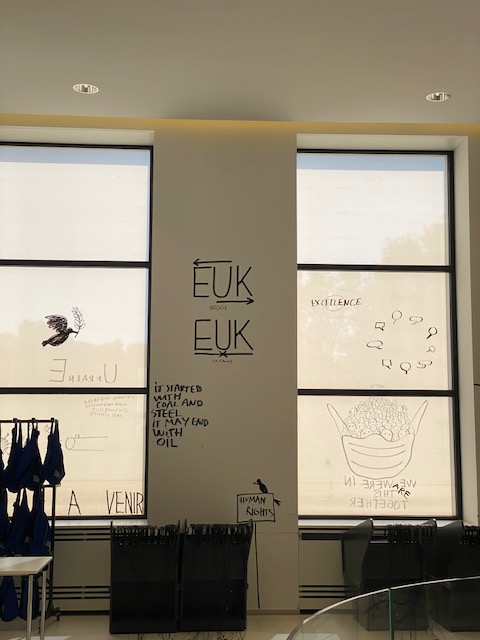
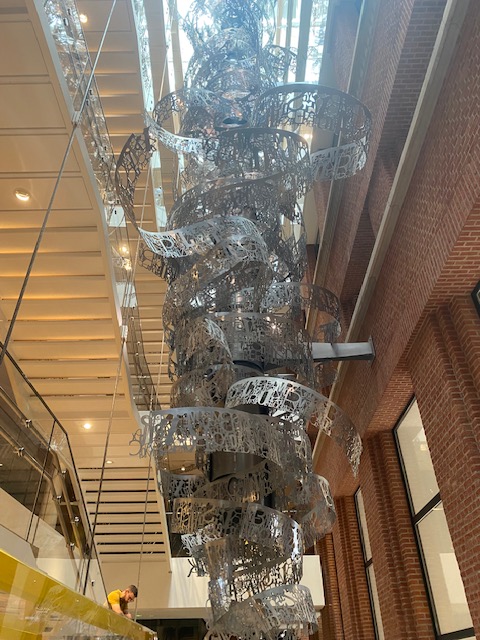
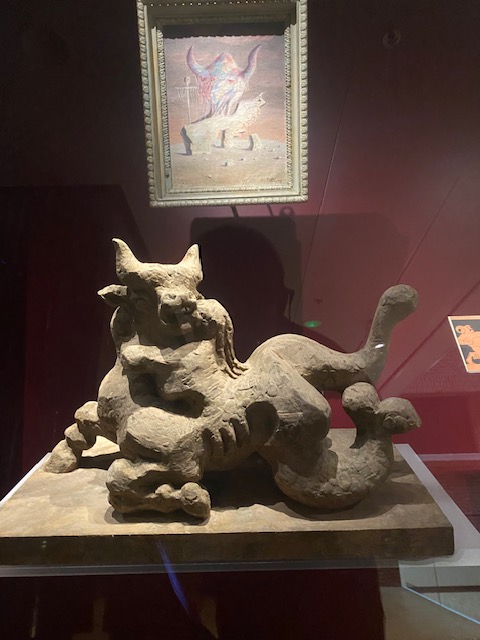
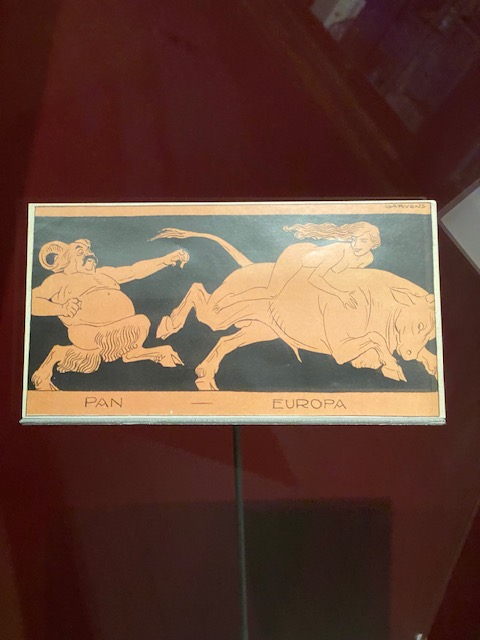

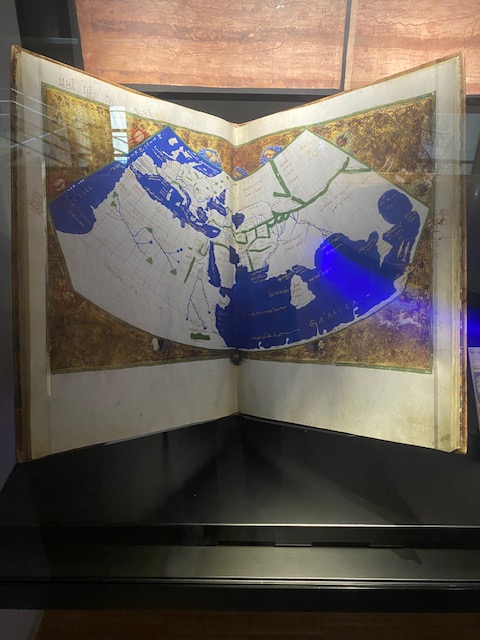
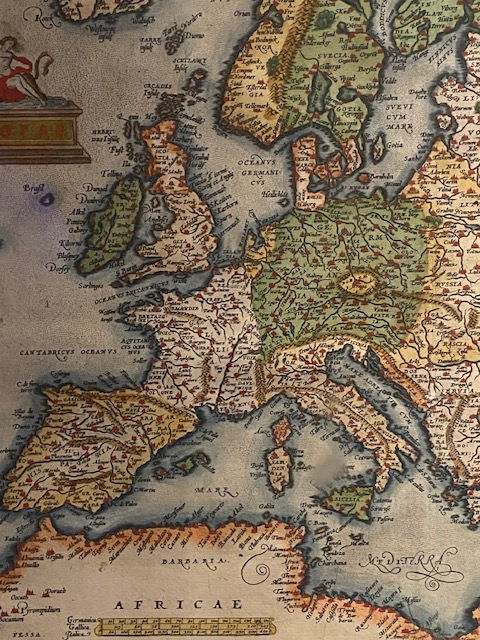
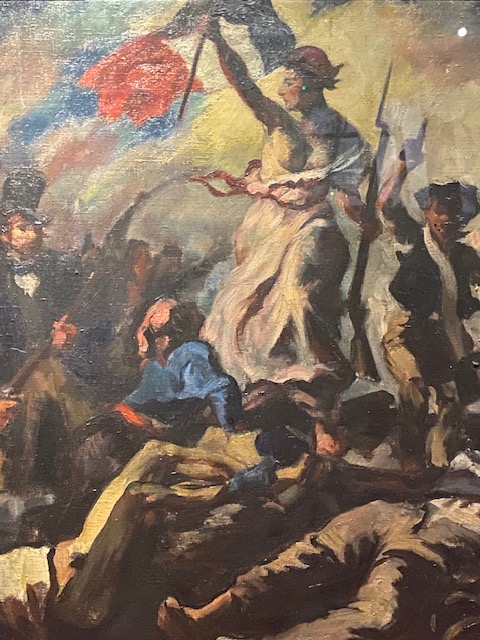

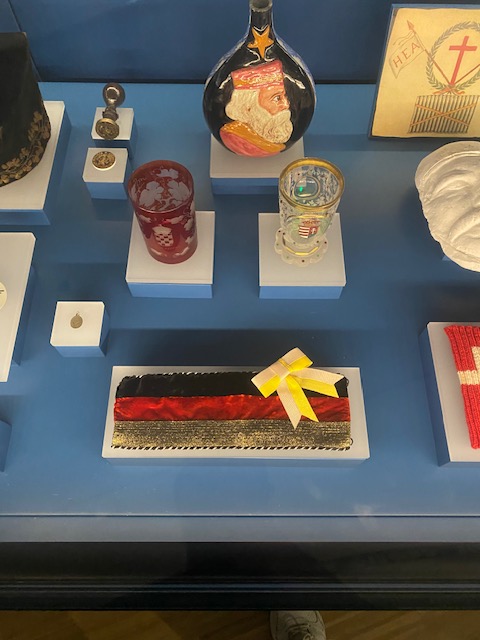

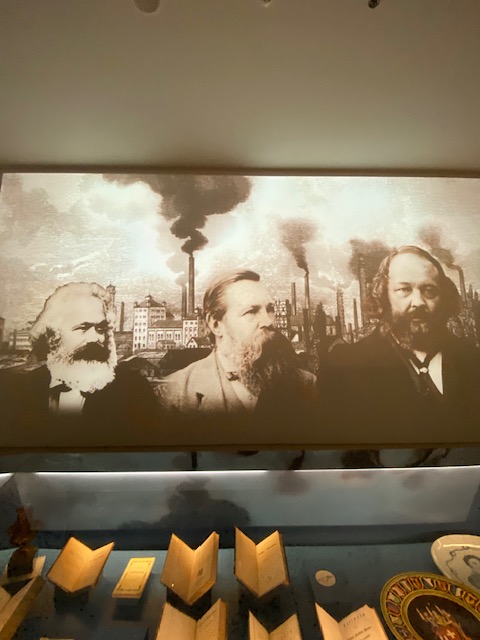



Why?
“The House of European History aims to become the leading museum about transnational phenomena which have shaped our continent. By interpreting history from a European perspective, it connects and compares shared experiences and their diverse interpretations. It aims to initiate learning on transnational perspectives across Europe“, the HEH says on its website.
“Our primary mission is to enhance understanding of European history in all its complexity, to encourage the exchange of ideas and to question assumptions.”
“Our transnational collection, our exhibitions and our programmes provide unexpected and inspiring experiences. Through outreach and partnerships, we aim to strengthen the European dimension in debating, exhibiting and learning about history. A place for encounters and exchange, the House’s multi-faceted interpretation of the past builds bridges to questions relevant for today’s Europe.”
“As a cultural institution and exhibition centre, the House of European History intends to promote the understanding of European history and European integration through a permanent exhibition and temporary and travelling exhibitions. The museum houses a collection of objects and documents representative of European history, educational programs, cultural events and publications, as well as a wide range of online content. By interpreting history from a European perspective, it connects and compares shared experiences and their diverse interpretations. It also aims to initiate learning on transnational perspectives across Europe.”
The museum is located in the former Eastman Dental Hospital in Leopold Park, close to the European institutions. The building is a pretty building with beautiful murals by the painter Camille Barthélémy illustrating Jean de La Fontaine‘s fables.

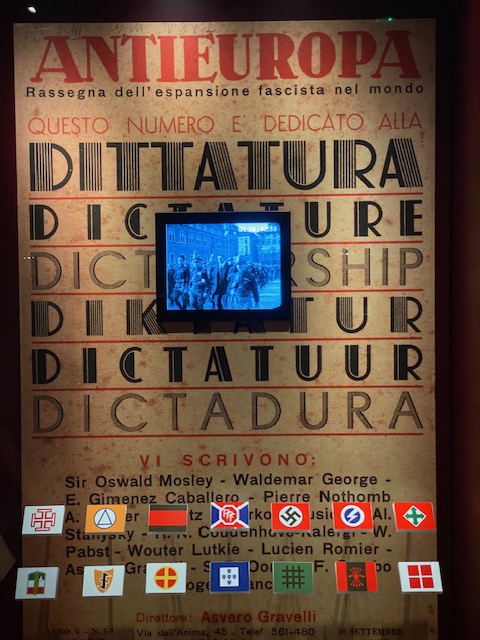
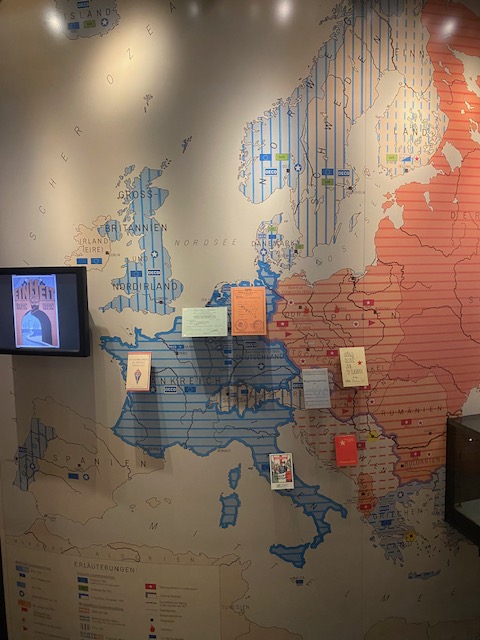

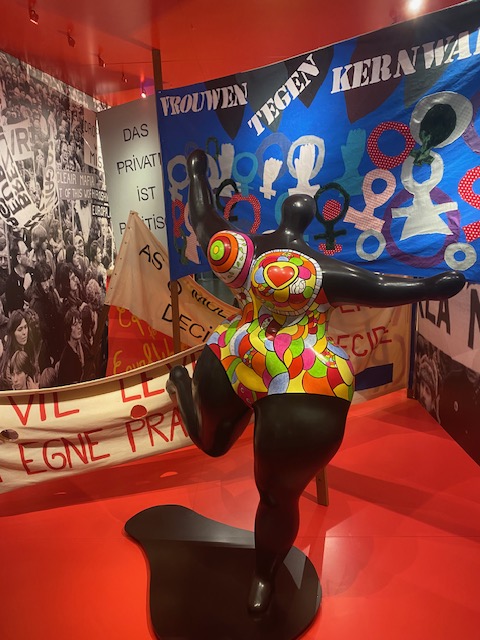
Permanent exhibition
The permanent exhibition spans four flours and focuses on nation-building events from the 19th and 20th centuries. Revolutions, wars, social movements. In a way, it shows a ‘coming of age’ of Europe. The permanent exhibition presents European political, economic, social and cultural history in a chronological layout, but with a thematic approach.
The exhibition begins with the myth of the mythical persona Europa, delving into Europe’s ancient roots and the continent’s heritage of shared traditions and achievements, before continuing through Europe’s dramatic journey towards modernity in the 19th century and the rebuilding process following World War II. The final section challenges visitors to critically assess European history, its potential and its future.


Temporary exhibition
As every museum, there is a space for temporary exhibitions. In August 2023, that was ‘Throwaway‘, an exhibition on rubbish or waste and waste disposal.
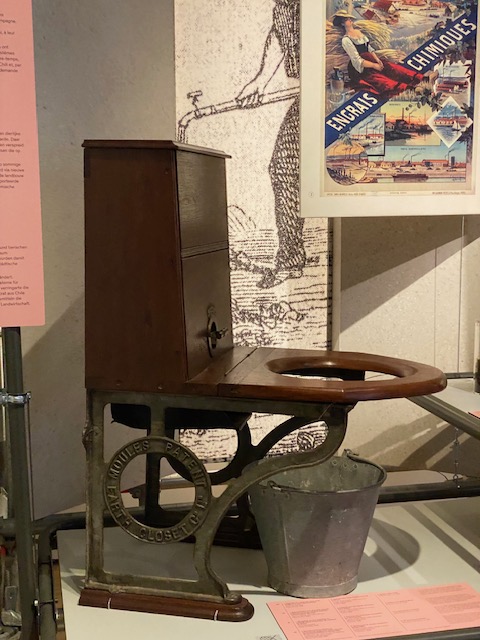
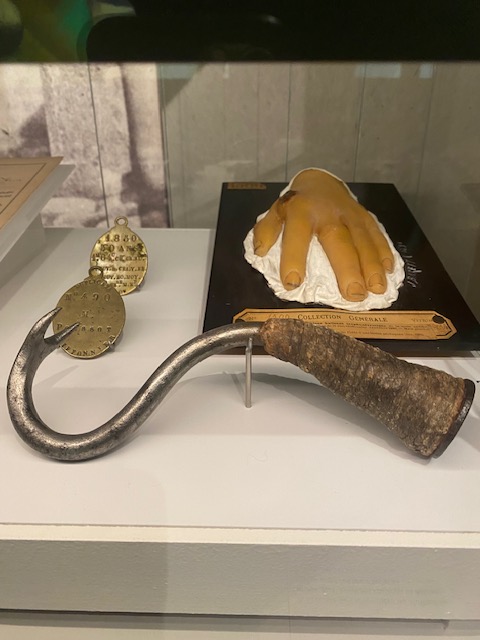

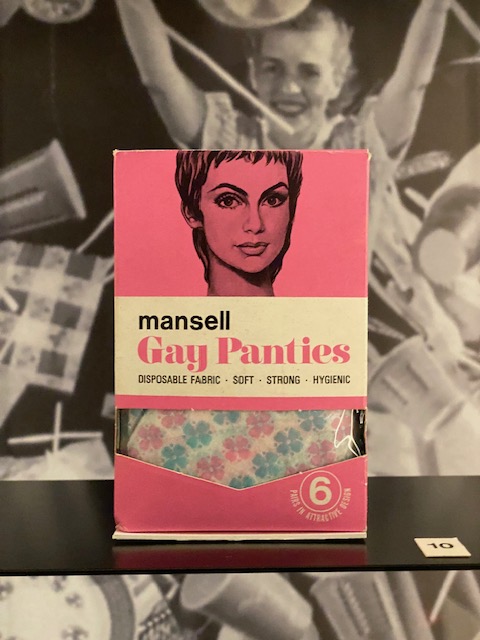
So?
The House of European History forms a very good introduction to ‘character forming’ events which ultimately lead to the European Union. It’s a history in a nutshell.
It is meant not to offend and tries to involve all 27 EU member states. Or should I say 28?
As the permanent exhibition does not say a word on Brexit. The United Kingdom left the EU on 31 January 2020 but many exhibits still involve the Brits, such as this rolodex of number plates.
De The HEH is certainly worth a visit. But the cast team of curators must start working on an update.
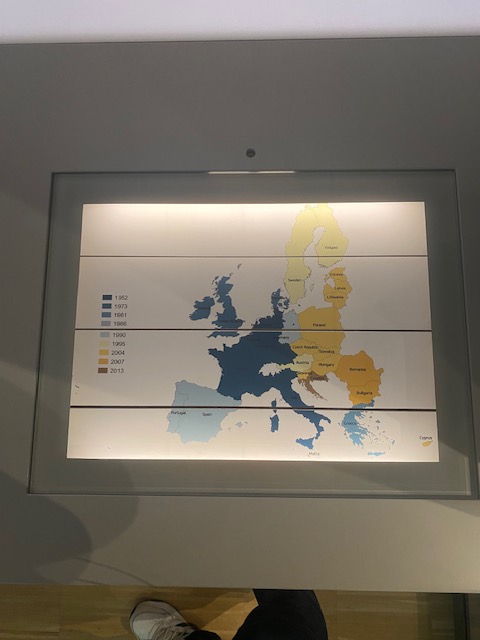


Exploring Brussels
- Visiting the European Parliament in Brussels.
- RIDE & DINE | Brussels Tram Experience.
- REVIEW | M-Gallery Le Louise in Brussels.
- Inside the Royal Palace of Brussels.
- Brussels’ Atomium.
- REVIEW | Orient-Express exhibition at Train World, Brussels’ railway museum.
- REVIEW | Louis de Funès exhibition at Cinéma Palace Brussels.
- REVIEW | David Hockney double exhibition at Bozar Brussels’ arts museum.
- The orange world of Design Museum Brussels.
- AfricaMuseum in Tervuren near Brussels.
- Brussels Planetarium.
- Brussels’ Gare Maritime.
- REVIEW | Comics Art Museum Brussels by the Belgian Comic Strips Center.
- Brussels’ Pannenhuis Park and L28 Park.
- Brussels’ Senne Park.
- The Hotel. Brussels.
- REVIEW | ‘Royals & Trains’ exhibition at Train World in Brussels.
- Ducal and Imperial Palace of Coudenberg in Brussels.
- MIMA – Millennium Iconoclast Museum of Art in Brussels.
- Villa Empain in Brussels.
- Pullman Brussels Centre Midi.
- Autoworld automobile museum in Brussels.
- Royal Museum of the Armed Forces and Military History in Brussels, Belgium.
- Royal Military Museum, War Heritage Institute, Brussels, Belgium.
- REVIEW | Thalys Lounge at Brussels South/Midi station.
- PHOTOS | Train World railway museum in Brussels.
- Josaphat Park and residential Schaerbeek.
- BRUSSELS | BELvue Museum of Belgium.

3 Comments Add yours